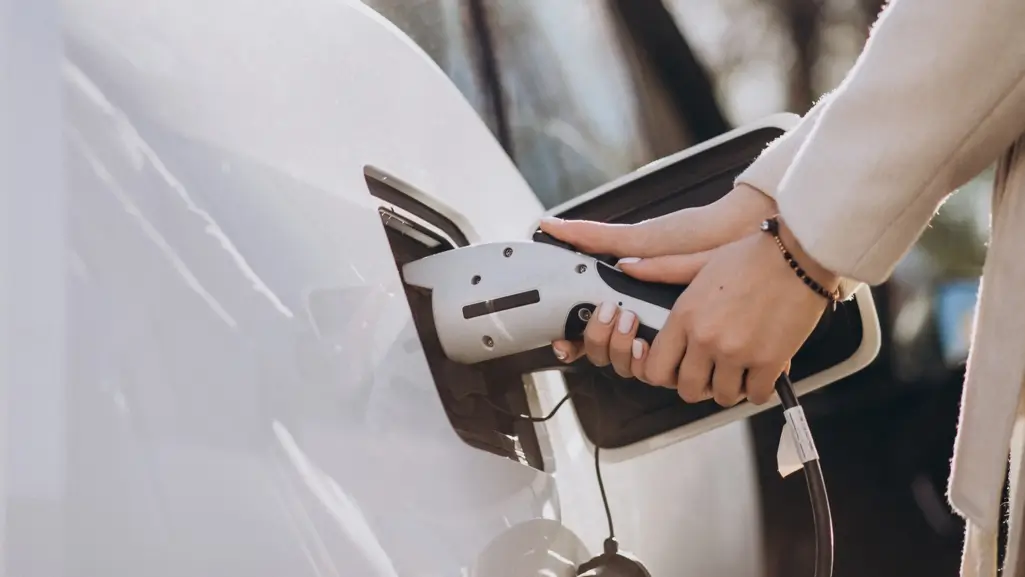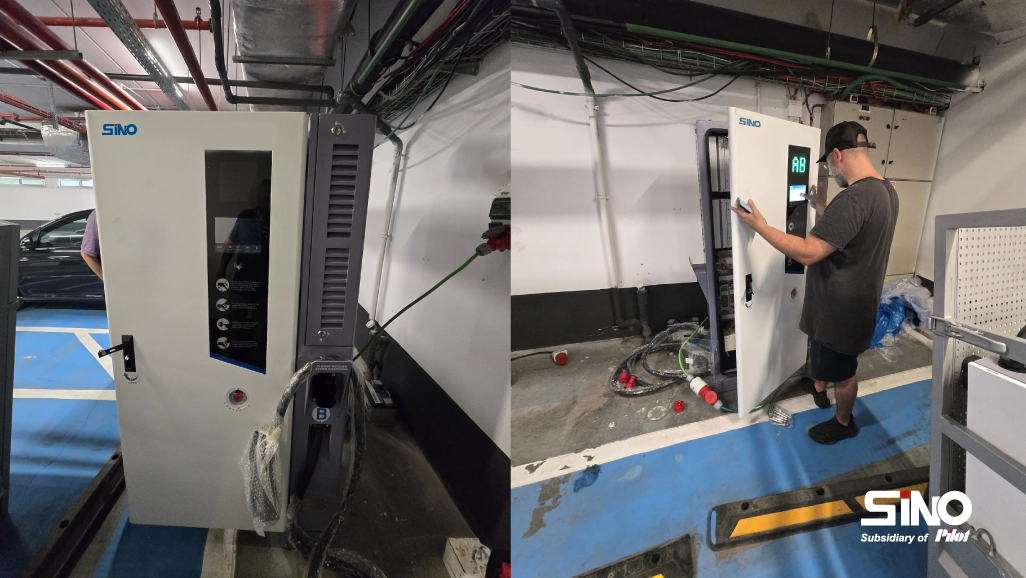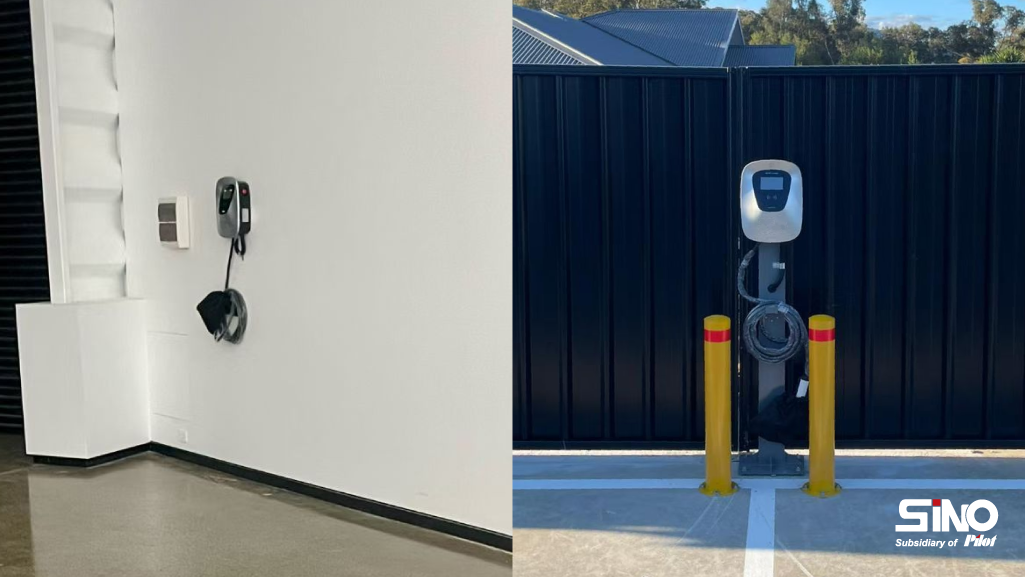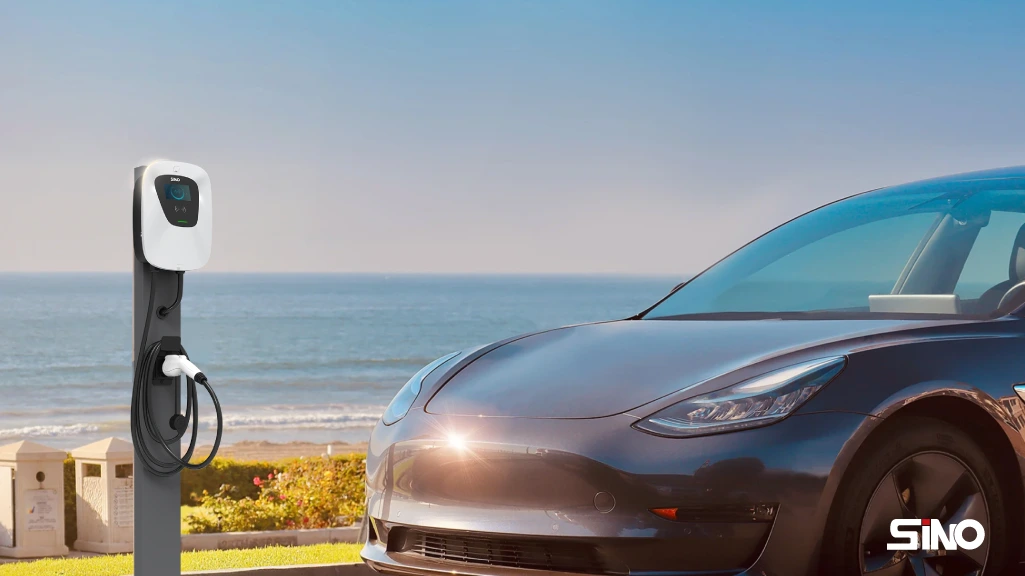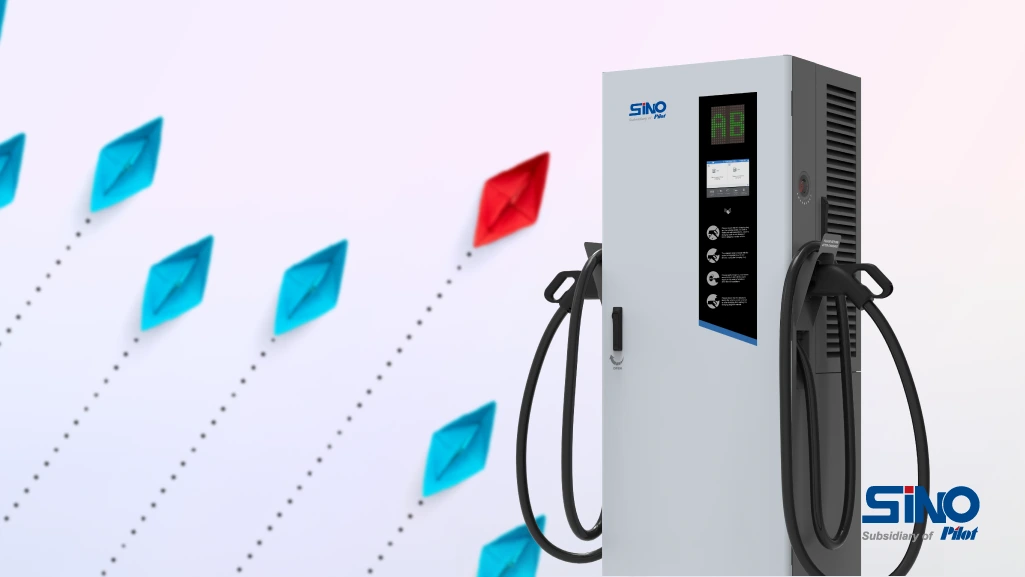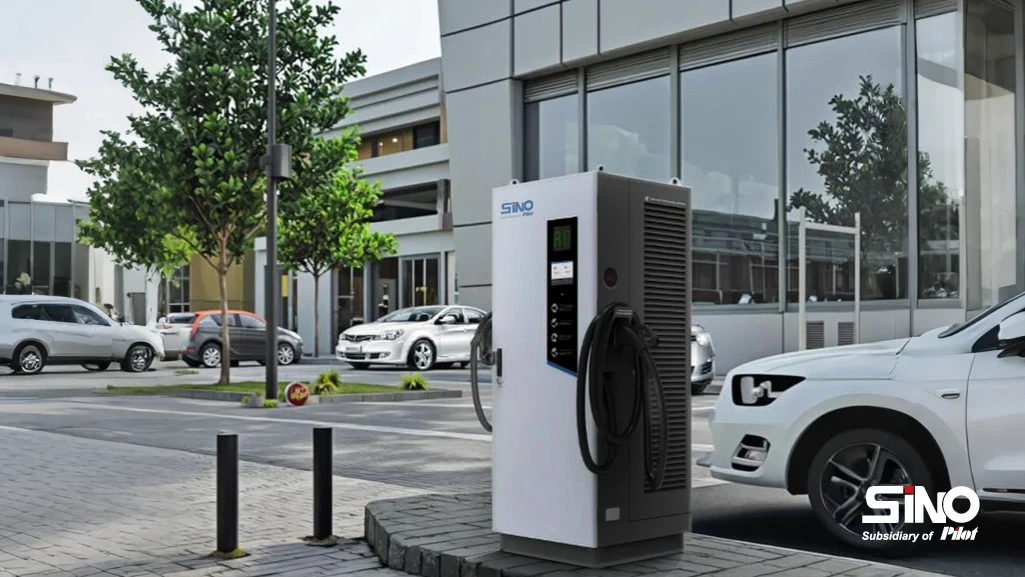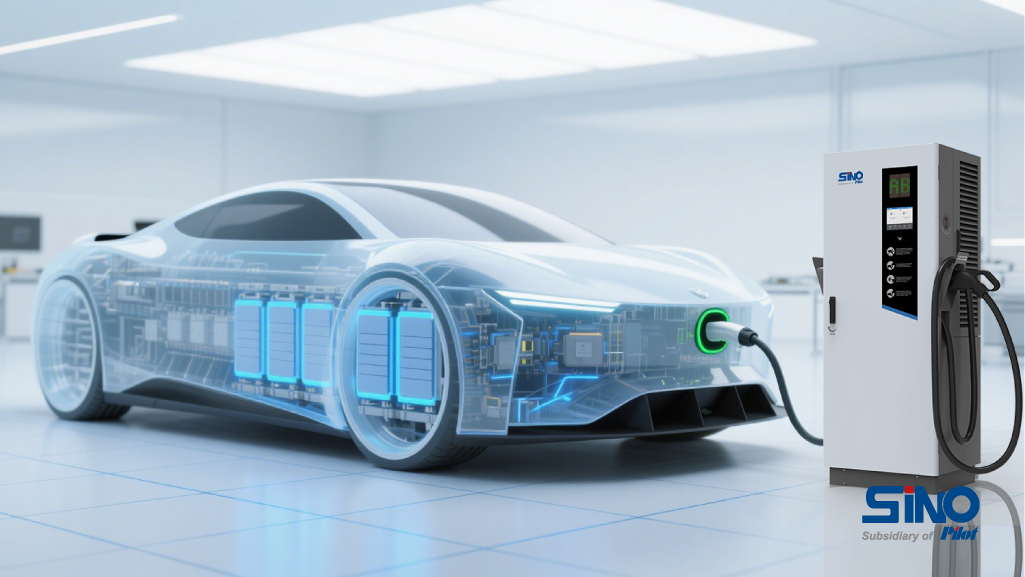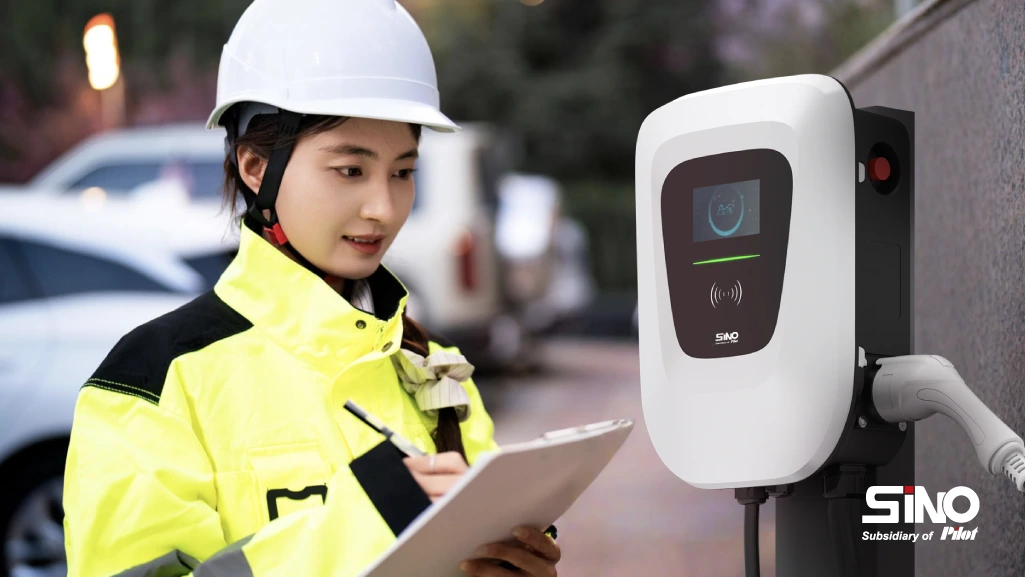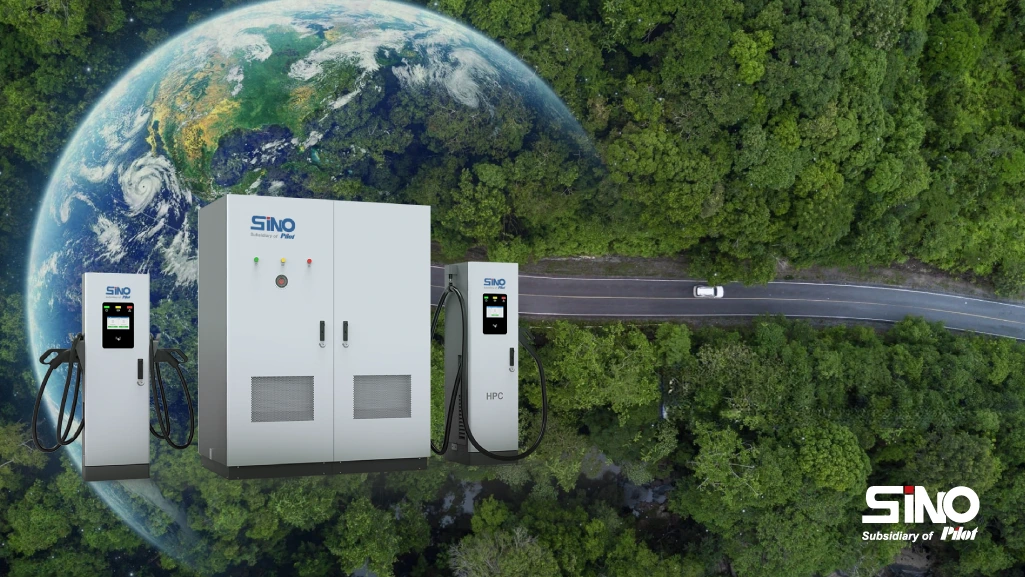Electric vehicles (EVs) are becoming more mainstream, and charging infrastructures are developing simultaneously. Having an EV means you need a charger and it doesn’t mean to match the trends. When installing an EV charger, make sure it consists of all the qualities that ensure the EV charging safety and security of your assets, and customers.
Poorly chosen chargers and badly installed equipment will loosen the safety features. Compromising safety measures can lead to electrical fires, equipment failure, and damage to your costly vehicles. So, ensuring charging safety is significant when purchasing or installing a charger for EVs.
We are here to explore the key safety considerations businesses can take for making the best purchasing decisions. Moreover, all the safety steps will safeguard their operations in the public.
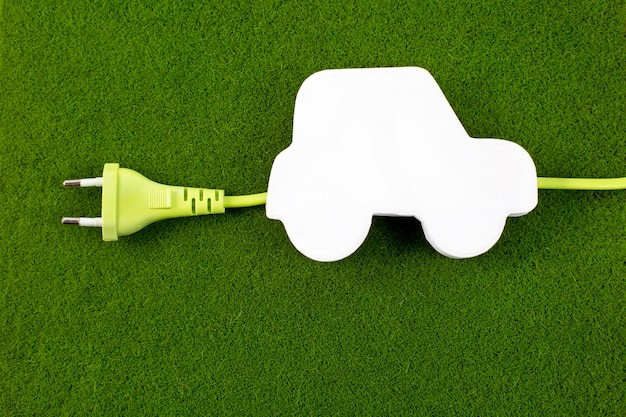
Key EV Charging Safety Standards and Certifications
When discussing EV charging safety standards and certifications, several names come to mind. The key standards include:
- SAE Standards
- IEC
- CE Marking
These standards and certifications ensure secure operation from its safe installation. However, there are other regulations consist of:
- CSA (Canadian Standards Association)
- OCPP Compliance
1. SAE Standards
The Society of Automotive Engineers (SAE) establishes acceptable standards for EV charging equipment. Its well-known standard is SAE J1772, which defines the connector and communication protocols for Level 1 and Level 2 AC EV charger, ensuring interoperability between electric vehicles and charging stations in North America.
The SAE J2954 is another key standard. It defines WPT 1, 2, and 3, each of these works serially at 3.7 kW, 7.7 kW, and 11 kW charging speeds.
2. IEC (International Electrotechnical Commission)
The IEC maintains various standards for electrical products, including EV chargers. The most used standards for EV charging are:
- IEC 61851 takes steps for EV conductive charging. It includes the requirements for EV charger safety measures like protection from electric shock.
- IEC 62196 determines what types of plugs and connectors should be used in EV charging systems.
- IEC 62752 specifies device protection and cable control for Level 2 charging.
3. CE Marking
The presence of the CE mark indicates that the products have been assessed as a good fit for European health and safety standards. It’s a mandatory marking for products distributed in the European Economic Area (EEA).
This marking on the EV charger ensures compliance with Electromagnetic Compatibility (EMC) and Low Voltage Directive (LVD) requirements. These requirements are a must to prevent unwanted hazards.
4. CSA (Canadian Standards Association)
The CSA is particularly applied in Canada for ensuring safety in charging stations. The CSA C22.2 defines the safe design and construction of electrical items to particularly prevent fire-related hazards.
5. OCPP Compliance
This is not directly a certification, but compliance with OCPP ensures that the station is integrated into a management system for remote diagnostics and safety monitoring. Note that Open Charge Point Protocol (OCPP) indicates an open-source communication system for EV charging and its relevant software.
Important EV Charger Safety Functions
An EV charger’s safety features are vital to prevent electrical hazards and ensure the longevity of both the charger and the EV being charged. Here are some essential safety functions:
- Surge Protection
- Overcurrent Protection
- Overvoltage Protection
- Ground Fault Protection
- Temperature Monitoring
- Automatic Shutoff
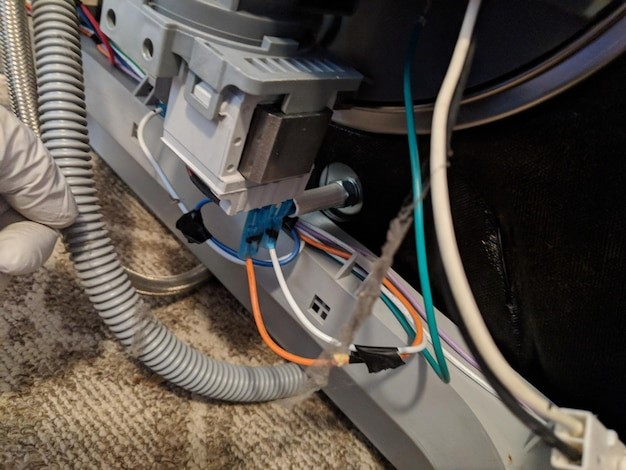
1. Surge Protection
Surge protection works as a shield for your electronics, and protects your EV from sudden electrical shocks which can occur during power outages. Inside the surge protector, there’s a special part called a metal oxide varistor (MOV). It acts like a sponge and soaks up the extra electricity to keep it away from your vehicle.
2. Overcurrent Protection
This is a safety switch for the EV charger, which prevents the charger from getting too hot. It helps stop the charger from drawing too much power when needed. Most chargers usually have a special part called a fuse. The fuse or circuit breaker prevents extra power use and keeps the charger safe from unwanted hazards.
3. Overvoltage Protection
Overvoltage can damage the EV’s battery and other components. A good charger doesn’t provide too much voltage to your EV. A special system in the charger like a tiny computer keeps track of the voltage. This is an overvoltage protection feature, which automatically stops the charger from sending more electricity.
4. Ground Fault Protection
A ground fault circuit interrupter (GFCI) in North America or a residual current device (RCD) in Europe constantly checks to see if the electricity is flowing correctly. If electricity is leaking to the ground, it will immediately shut off the power to prevent electric shocks. So, the device performs as a safety net for your electrical setup.
5. Temperature Monitoring
This checks the charger’s temperature to make sure it doesn’t get too hot. Some chargers have special sensors inside that constantly measure their temperature during operation. If the temperature gets too high, the charger will automatically turn off.
6. Automatic Shutoff
When the EV’s battery is full, the power connection with the supply outlet doesn’t need to be continued. The automatic shutoff feature continuously checks the battery status. It prevents unnecessary power consumption when the EV is fully recharged by turning off the charger.
EV Charger Installation Safety Considerations
Installing an EV charger at home or a commercial location requires careful planning. The process should adhere to safety standards to ensure the safety of both the chargers and the users. Keep a careful look at the following safety considerations during the installation process.
- Site Assessment
- Proper Grounding
- Compliance with Electrical Codes
- Load Management
Site Assessment: Before EV charging installation, thoroughly check the location to ensure it can handle the additional electrical load. The charging station site should have enough power available.
Ensure that a dedicated circuit is installed to prevent overloading. The charger should be easily accessible and protected from weather conditions. The site needs to comply with local environmental regulations for a safe installation.
Proper Grounding: Proper grounding is crucial for the EV charging station safety. Grounding ensures that if there’s an electrical fault, the excess current is safely diverted into the ground. It reduces the risk of electric shock or fire.
Use grounding conductors that meet the National Electrical Code (NEC) or local standards. Regular inspections of the grounding system are also necessary to verify that everything is functioning properly.
Compliance with Electrical Codes: EV charger installations must comply with national and local electrical codes. These rules outline how to properly set up wiring, circuit breakers, and safety devices to avoid hazardous issues.
Load Management: Using a load management system helps distribute power efficiently across multiple chargers. If it isn’t considered, the electrical system can get overloaded in the charging stations with multiple chargers. This can lead to power outages, stumbled breakers, or even electrical fires.
Electrical Infrastructure and Safety at EV Charging Stations
The base of the EV charging station is electrical equipment. If the electrical infrastructure is shaky, the total charging station can fall.
For businesses, setting up EV charging facilities properly is essential for operational success and compliance with safety standards as well. The following key electrical infrastructures for EV charging safety should be taken into account.
- Power Load and Grid Impact
- Circuit Breaker Compatibility
- Smart Load Management Systems

1. Power Load and Grid Impact
A charging station can significantly impact the local electrical grid. It requires relatively a large amount of electricity. As most of the EV charging stations offer Level 2 and EV DC fast charging stations, the power consumption becomes very high. The increased load leads to power quality problems, voltage fluctuations, and even blackouts.
A suitable infrastructure can mitigate these risks. Discuss with utility companies and ask them how to handle additional loads with the current grid. If any infrastructure upgrades are required, do that to manage extra load and charge multiple vehicles simultaneously without facing any power issues.
2. Circuit Breaker Compatibility
Circuit breakers prevent overloading and electrical fires if the electricity exceeds the limit. It’s a powerful safety mechanism for the smooth functionality of an EV charging station.
Each circuit breaker comes with a rating; make sure the breaker is suitable for your charging station especially if the station offers fast charging facility. It needs to handle high current levels without disturbing the speeds.
Adhere to the country’s electrical standards and codes when installing the circuit breaker. It will ensure the long-term safety and business success of your charging station.
3. Smart Load Management Systems
Smart Load Management Systems (SLMS) is designed to maintain necessary charging speeds for multiple vehicles at the station and to avoid overloading the power grid. This system smartly balances the power delivered to multiple chargers, ensuring no charger receives extra power.
SLMS allows users to monitor the power usage and distribute power depending on the priority. When multiple vehicles are charging, it automatically reduces the speed to ensure safety by avoiding extra load on the grid.
In a nutshell, SLMS helps a charging station provide reliable service while avoiding costly infrastructure setup.
Final Thoughts
EV owners look for quality services and a safe environment together. A charging station can be called ‘good’ when it comes with all safety features and the ability to make your vehicle fully capable of running and give you peace of mind.
Following the above guide can benefit a business that wants to provide users with the best service while ensuring maximum security. Prioritizing efficient charging infrastructures, adhering to relevant guidelines, and addressing any malfunctions quickly can ensure a highly-expected charging experience for all EV owners.
FAQs on EV Charging Safety
Safety is more important than anything in any situation, especially if it’s connected to electrical equipment. Let’s check some FAQs on EV charging safety.
1. What Safety Precautions Should You Take Before Plugging in the EV?
Check if there is any visible damage on your vehicle, charger, and power source. Be sure that the EV is compatible with the charger. Talk to the operator of the charging station if you’re confused about any charging equipment before plugging in the charger in your EV.
2. Can You Charge Your EV in the Wet Conditions?
You can recharge your EV’s battery in the snow, rain, and wet conditions. Most of the modern EV charging stations are built to be weatherproof and they are safe to use in any weather conditions. Just be sure that there is no broken or exposed wire.
3. What Are the Risks of Using Damaged Charging Equipment?
Damaged or faulty equipment leads to electrical shocks, fires, and significant damage to the EV’s battery. Check the compatibility of the vehicle to the charger and ensure all charging equipment is in healthy condition.
4. What Should You Do if the Charger Overheats During Use?
An overheated charger can be an alarming sign as it can cause very costly damage. If the charger becomes extremely hot, stop charging instantly. Report the problem to the station operator for a quick solution.
Our Social
Facebook: www.facebook.com/sinoevc
Instagram: www.instagram.com/sinoevc
Linkedin: www.linkedin.com/company/sinoevse
Youtube: www.youtube.com/@sinoevc
Twitter: www.twitter.com/sinoevc

“Charging for A Better Life”
—Zhuhai Sino Energy Technology Co.,Ltd.



